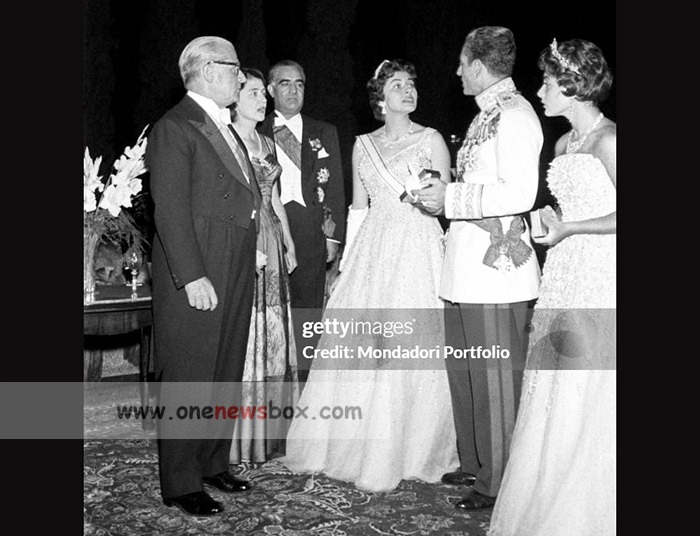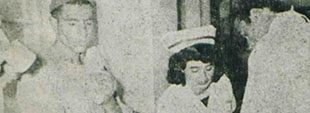Land Reforms and the Thousand Families
The Shah is fighting not only corruption and graft but the deadening hand of Iran’s “thousand families” who are absentee owners of 70% of the land. The Shah himself, as the nation’s biggest single landowner (2,500,000 acres), has shown the way by distributing his vast farm properties to the peasants of about 300 of his villages. But the thousand families are cool to land reform. Even worse, landlords seldom reinvest their profits in upgrading the soil. Tenants, who can usually be dispossessed at will with no compensation for any improvements they have made, are understandably reluctant to make any. The Shah has struck hard at one landlord privilege by ordering an end to the “gifts” of cattle and food traditionally taken by the landlords from their peasants on the eve of festivals.
The Shah’s reforms have one thing in their favor: Iran has already been through the sort of violent upheaval now shaking most of its neighbors. The Mossadegh turmoil of 1953, with its hate-the-West nationalism and Communist coloring, had a cathartic effect on many young idealists.

